Don’t Pour It Out! Clever Ways to Use Up That Leftover Beer
Anyone who’s been around a brewery or a serious homebrewing setup knows the painful truth: sometimes, beer just doesn’t make the cut. A batch goes flat, a keg gets forgotten, or a recipe is just… off. Pouring it down the drain feels like a crime. It’s still full of useful stuff, just not ideal for drinking.
In this article
This got a lot of us thinking and experimenting over the years. We started finding some genuinely practical uses for leftover beer, all based on the simple chemistry of what’s in the bottle. And no, this isn’t about quirky life hacks that don’t really work. It’s about understanding that beer is a mix of water, alcohol, mild acids, sugars, and proteins. Each of those things can do a job.
So, from the workshop to the garden, that leftover ale or lager has some serious potential. I’m going to walk you through the real-world applications that I know work, explain the “why” behind them, and give you some honest warnings based on a few hard-learned lessons.
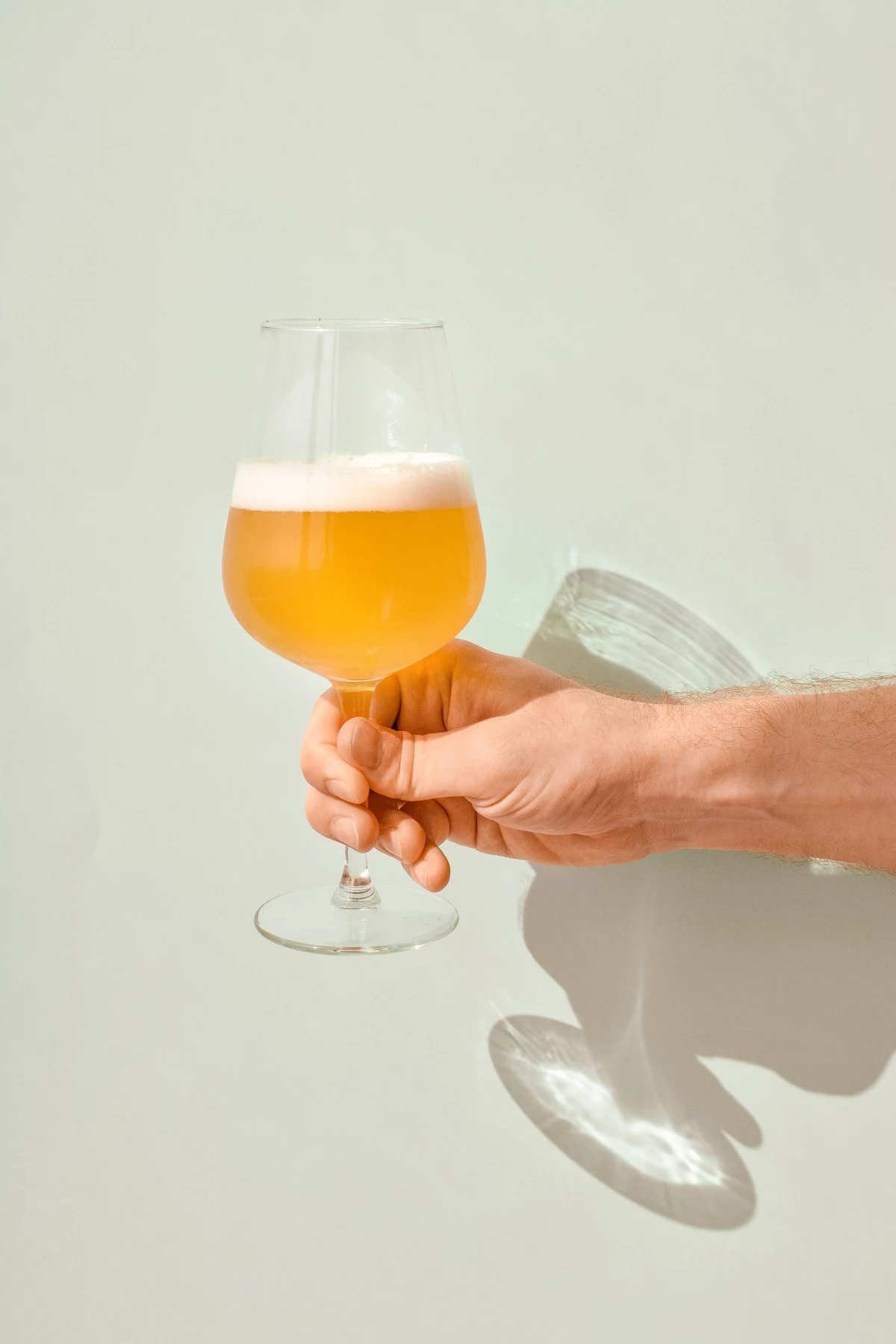
So, What’s Actually in the Bottle?
Before you start splashing beer on your furniture, it helps to know what you’re working with. It’s not magic, just some basic science that makes it all possible.
- Mild Acidity: Beer is naturally a bit acidic, usually somewhere in the 4.0 to 4.5 pH range, which is similar to tomato juice. This acidity comes from the grain and fermentation, and it’s great for cutting through light grease, grime, and tarnish on metals.
- Alcohol: The ethanol in beer is a gentle solvent. It helps dissolve oily residues that water can’t handle and evaporates quickly, which helps prevent streaks on some surfaces.
- Sugars & Proteins: Leftover sugars from malted barley can create a temporary shine on things like wood. The proteins and yeast (especially in unfiltered craft beers) are packed with B vitamins. But here’s the catch: both sugar and protein can leave a sticky film if you don’t rinse properly. This is the key to getting good results.
Knowing this helps you pick the right tool for the job. A light, crisp pilsner is going to act differently than a dark, sugary stout. I’ll point you in the right direction for each use.
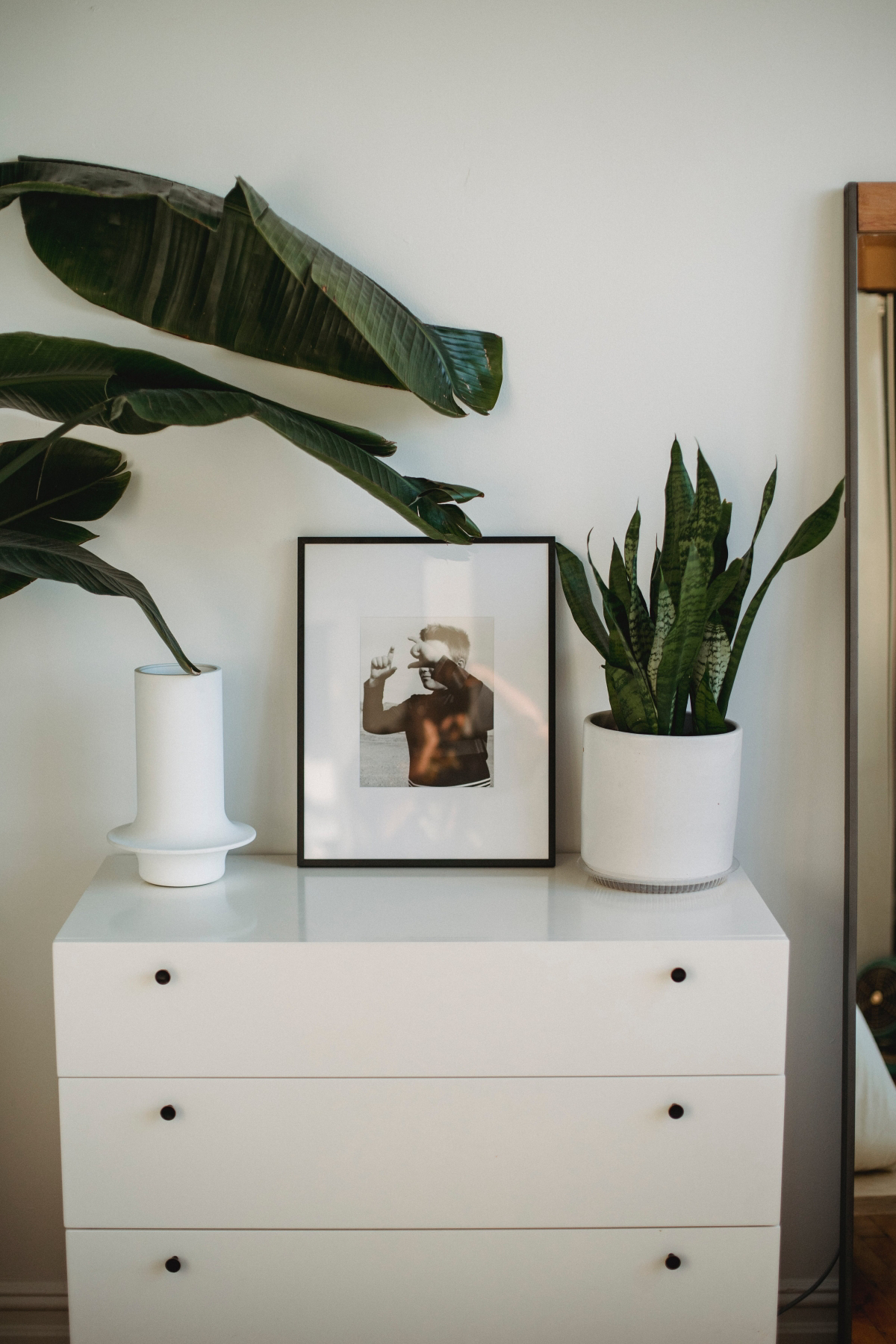
Around the House: Polishing Wood and Metal
One of the most common uses for flat beer is polishing. But honestly, this is where you can do real damage if you aren’t paying attention. The golden rule is to know your material before you start.
For Sealed Wooden Furniture
Beer can bring a surprising warmth back to certain wood finishes. I once used this trick to revive an old, grimy oak desk that had been sitting in storage, and it worked beautifully. The key was its thick, hard polyurethane finish that could take the treatment.
What you’ll need: A bit of flat, light-colored beer (a lager or ale is perfect), and three clean, soft cloths (old cotton t-shirts are ideal).
First things first, the beer needs to be flat. You can either let it sit out for a few hours, or here’s a quick tip: pour it back and forth between two glasses a few times to knock the fizz out fast. Dark beers like stouts can have more sugars and colorants, so it’s best to avoid them here to prevent stickiness or staining.

Heads up! How to test your wood: Before you do anything, find a hidden spot (like the back of a table leg) and put a single drop of water on it. If the water beads up and sits on the surface, your finish is likely sealed and you’re good to go. If it soaks in immediately and darkens the wood, ABORT MISSION. This method will ruin unfinished, waxed, or oiled wood by raising the grain and leaving permanent water spots.
For the actual process, dampen one of your cloths with the flat beer—don’t soak it. For a small end table, you probably only need about a quarter of a can. Wipe the wood, following the grain, to lift the grime. Then, and this is the most important step, immediately wipe the area with a second cloth dampened with just water to remove any sugary residue. Finally, buff the whole thing dry with your third, completely dry cloth. If you skip the rinse-and-dry part, you’ll end up with a sticky, dust-magnet finish.
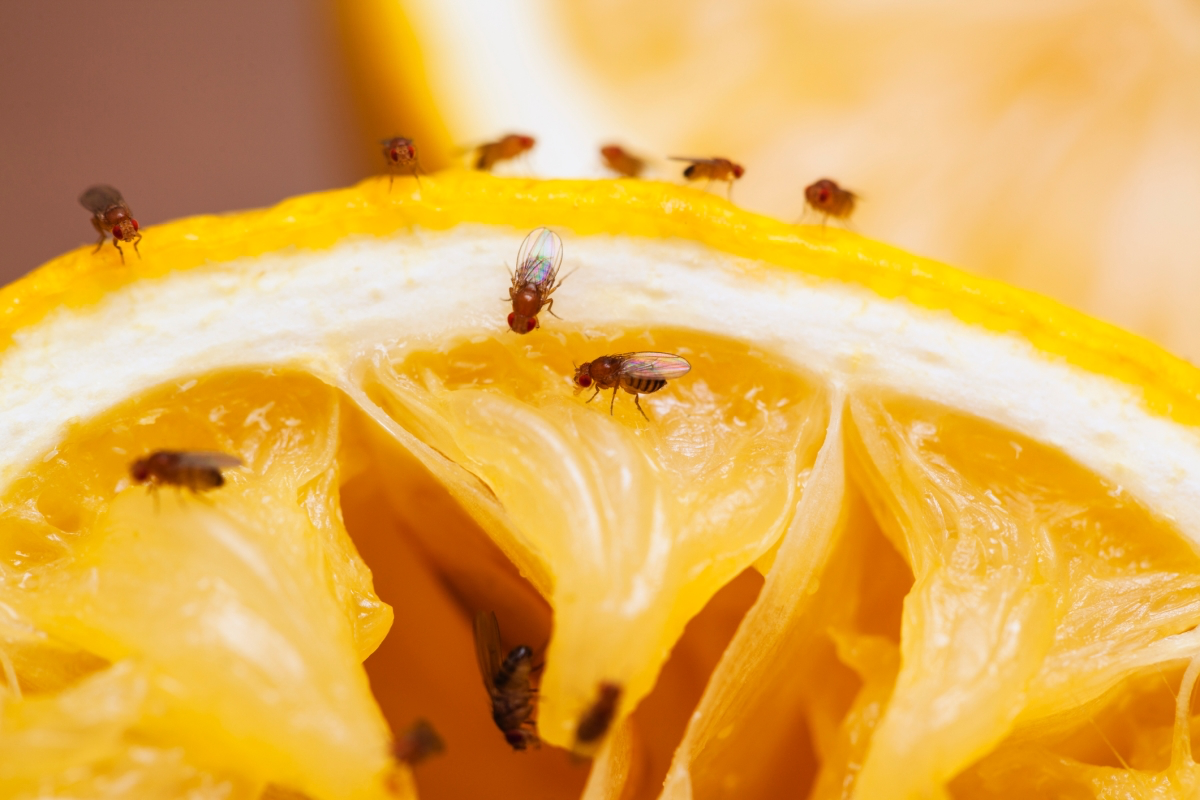
For Solid Brass and Copper
Back in the brewery, we were always cleaning copper and brass fittings, and beer was a classic way to do it. The mild acidity is perfect for cutting through light tarnish.
What you’ll need: Any kind of beer (the cheapest lager you can find works great), a bowl or a cloth, and a soft brush (an old toothbrush is perfect).
For small items like copper mugs or brass handles, just let them soak in a bowl of beer for 10-15 minutes. For larger surfaces, soak a cloth in beer and lay it over the tarnished spot. The carbonation can actually help here, with the little bubbles providing some gentle scrubbing action. After the soak, give it a gentle scrub with your soft brush. You’ll see the tarnish lift right off.
This is non-negotiable: You have to rinse the item thoroughly with warm water afterward. If you don’t, the leftover sugars and acids will actually make it tarnish faster. Dry it completely to prevent water spots.
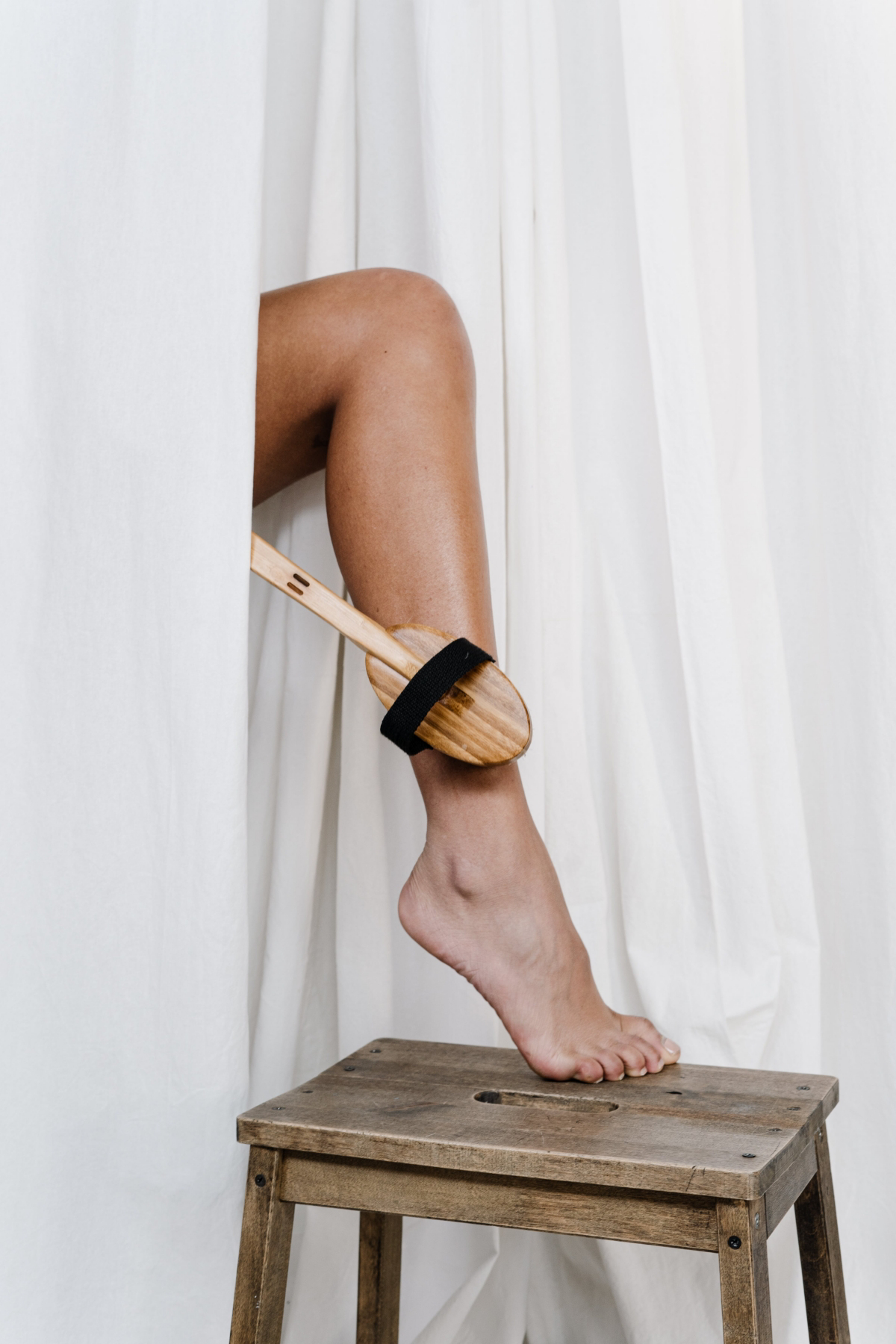
Oh, and a big warning: this is for solid metal only. Never use this on plated items. The acid is mild, but it’s strong enough to eat through that thin metal plating over time, exposing the cheaper base metal underneath. Stick to commercial polishes for anything valuable or plated.
In the Kitchen: Beyond Just Drinking
Beer’s utility doesn’t stop at cleaning. Its flavors and chemical properties make it a fantastic ingredient.
- Better Marinades: The mild acidity in beer is an excellent meat tenderizer, working more gently than vinegar or citrus juice. A malty brown ale or stout can add incredible depth to beef marinades, while a lighter lager works well with chicken or pork. Just marinate for a few hours before cooking.
- Cleaning Cast Iron: Here’s a lesser-known trick. Pour a little beer into a warm cast iron skillet. The carbonation and acidity help lift any stuck-on food bits without having to use soap, which can strip the pan’s seasoning. Just give it a light scrub, rinse with hot water, and dry thoroughly on the stove.
- Fluffy Batters and Breads: The yeast and carbonation in beer make it a great leavening agent. It’s the secret to light and airy fish and chips batter and adds a wonderful flavor to no-yeast-needed beer bread. A standard lager is usually all you need.
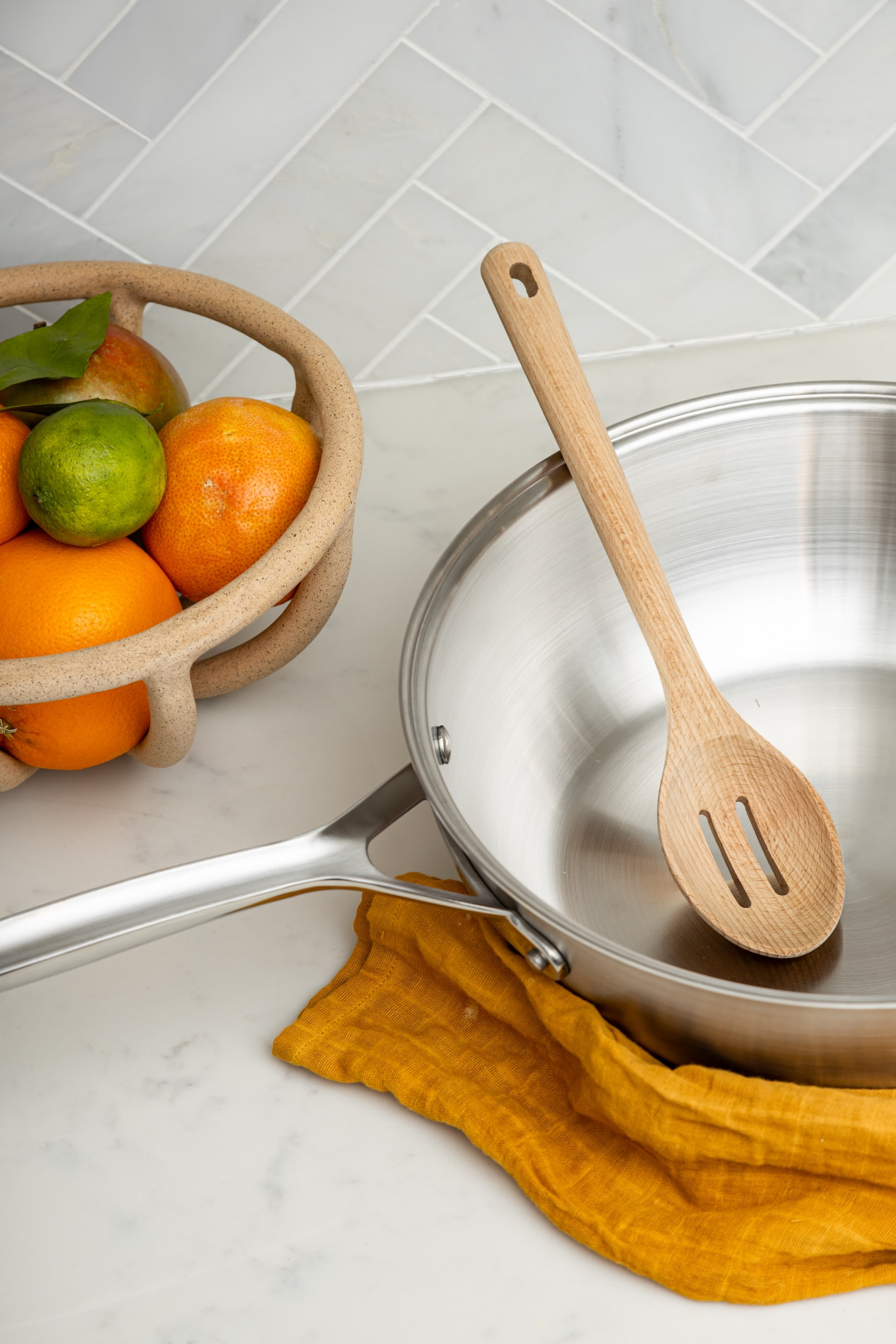
In the Garden: A Double-Edged Sword
Taking beer outside feels natural, but you’re introducing sugar, yeast, and alcohol into a complex ecosystem. You have to be smart about it.
The Classic Slug & Snail Trap
This is probably the most famous garden use for beer, and it absolutely works. Slugs and snails are drawn to the scent of fermenting yeast. To be frank, they aren’t beer snobs, so the cheapest, maltiest lager you can find at the grocery store for under $10 a six-pack is perfect.
Grab a few shallow containers like tuna cans or yogurt cups and bury them in your garden so the rim is level with the soil. Fill them about halfway with beer. Place them every three or four feet around the plants you want to protect, like hostas or lettuce. Quick tip: Set them out in the evening when slugs are most active.
The only downside? You have to maintain them. Empty the traps and refill them every couple of days, otherwise they get gross and stop working, especially after it rains.
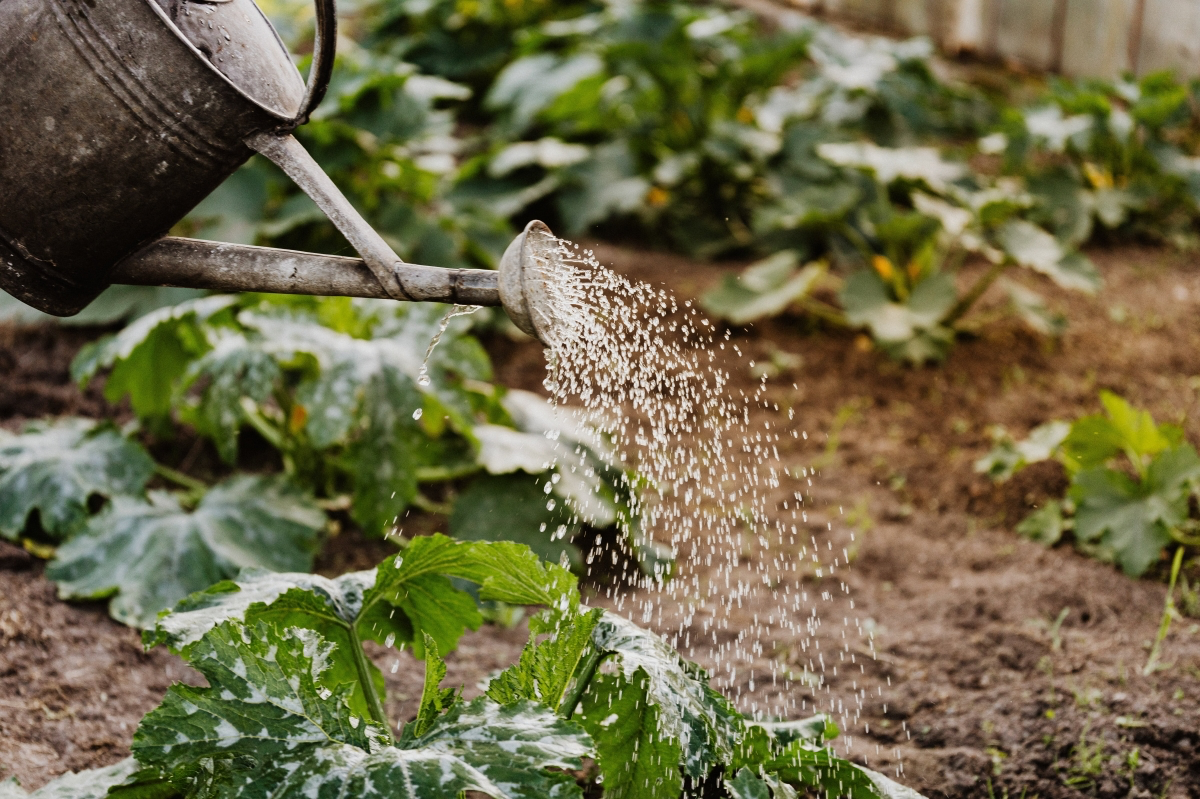
The “Fertilizer” Myth
You’ll see a lot of articles calling beer a fertilizer. It’s not. It contains very few of the nutrients plants need to grow. What it can do is feed the beneficial microbes and fungi in your soil, thanks to its sugars and yeasts. A healthy soil microbiome is a good thing!
But there’s a catch. Those same sugars can also attract unwanted pests or lead to mold growth if you overdo it. If you want to try it, use stale, flat beer and dilute it heavily (at least 10 parts water to 1 part beer). Use it as an occasional soil drench, not as a regular fertilizer.
And a Few Final Answers…
I get asked these questions all the time, so let’s clear them up.
Does non-alcoholic beer work? For some things, maybe. For the slug traps, yes, as they are drawn to the yeast and malt smells. For polishing metal, the acidity is still there, so it should work okay. But for cleaning tasks where the alcohol acts as a solvent, you’ll lose that benefit.
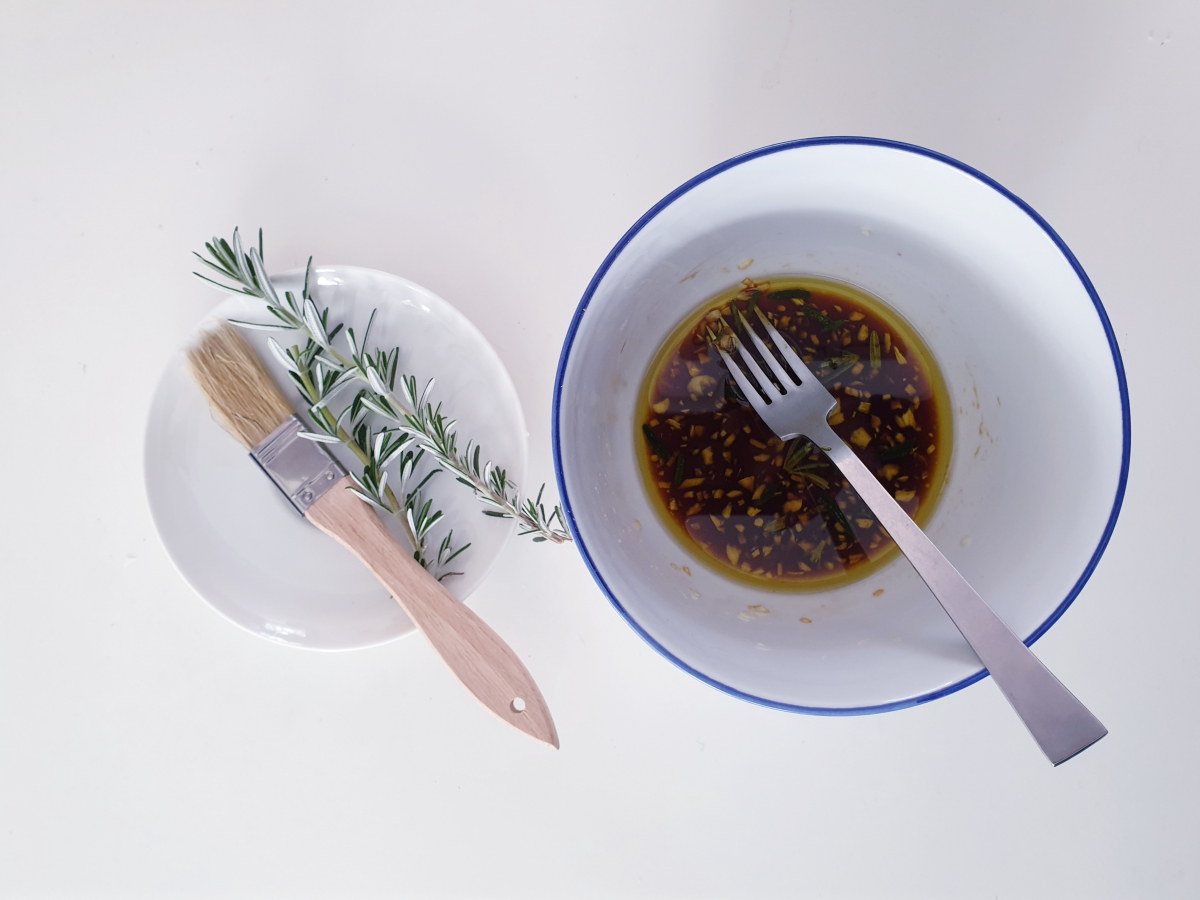
Will my house smell like a dive bar? Temporarily, yes. While you’re working, you’ll definitely smell it. But once you do the final water rinse and everything is dry, the smell disappears completely. I promise.
Is this safe around my pets? Be careful. Alcohol is toxic to dogs and cats. While a little on a rag for polishing isn’t a huge risk, you should definitely keep your pets away from open containers, especially the slug traps in the garden. It’s better to be safe.
Galerie d’inspiration
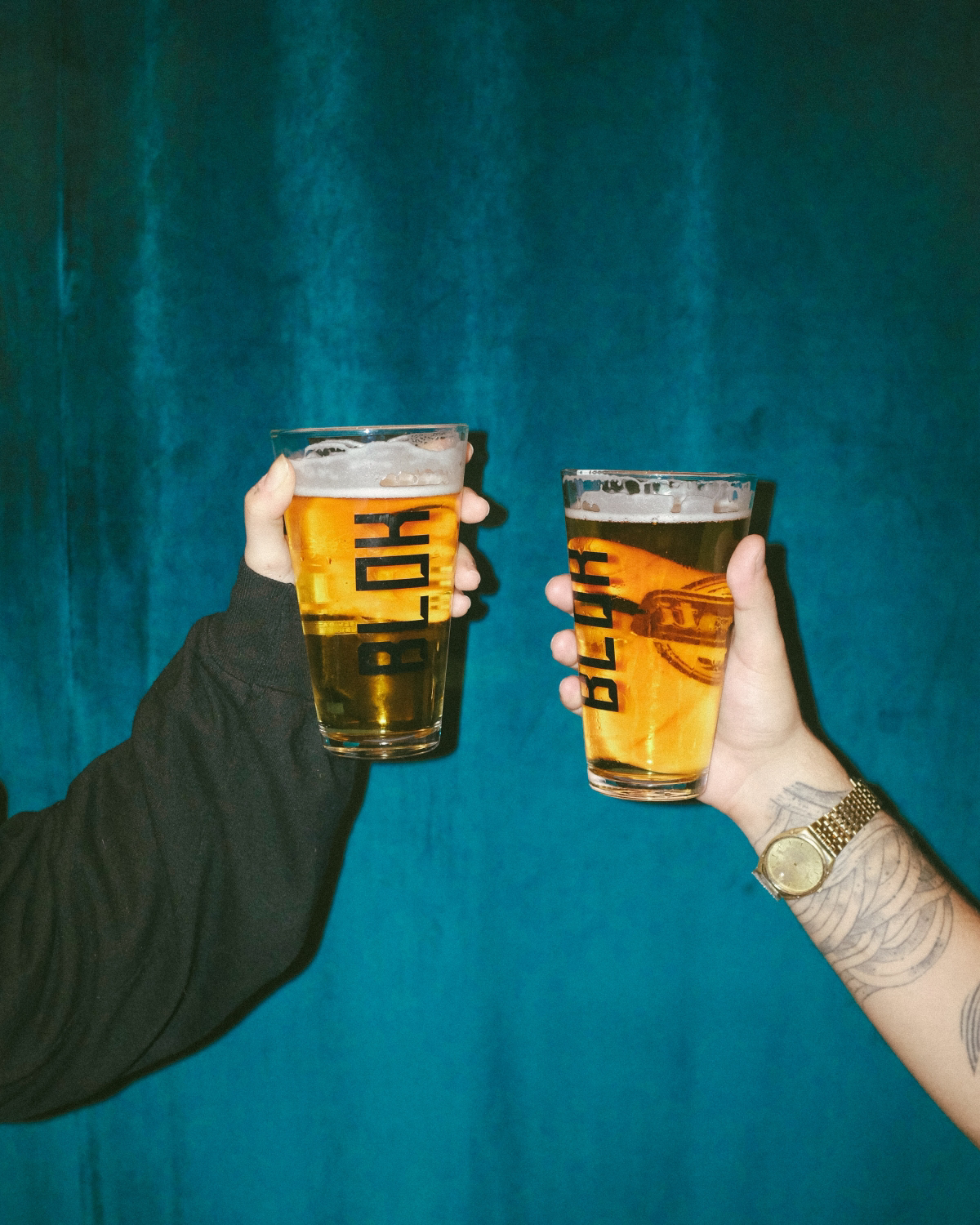
- An incredibly light, airy crust that shatters when you bite into it.
- A perfect golden-brown color every single time.
- A subtle, malty depth of flavor that elevates everything from fish to onion rings.
The secret? A simple beer batter. The carbonation in that leftover lager or pilsner is the key. As it hits the hot oil, the bubbles expand rapidly, creating a uniquely crispy texture that milk or water can’t match. For a foolproof batter, whisk one cup of cold beer (a classic Budweiser works great) into one cup of all-purpose flour with a pinch of salt. Stop as soon as it comes together—a few lumps are a good thing!










